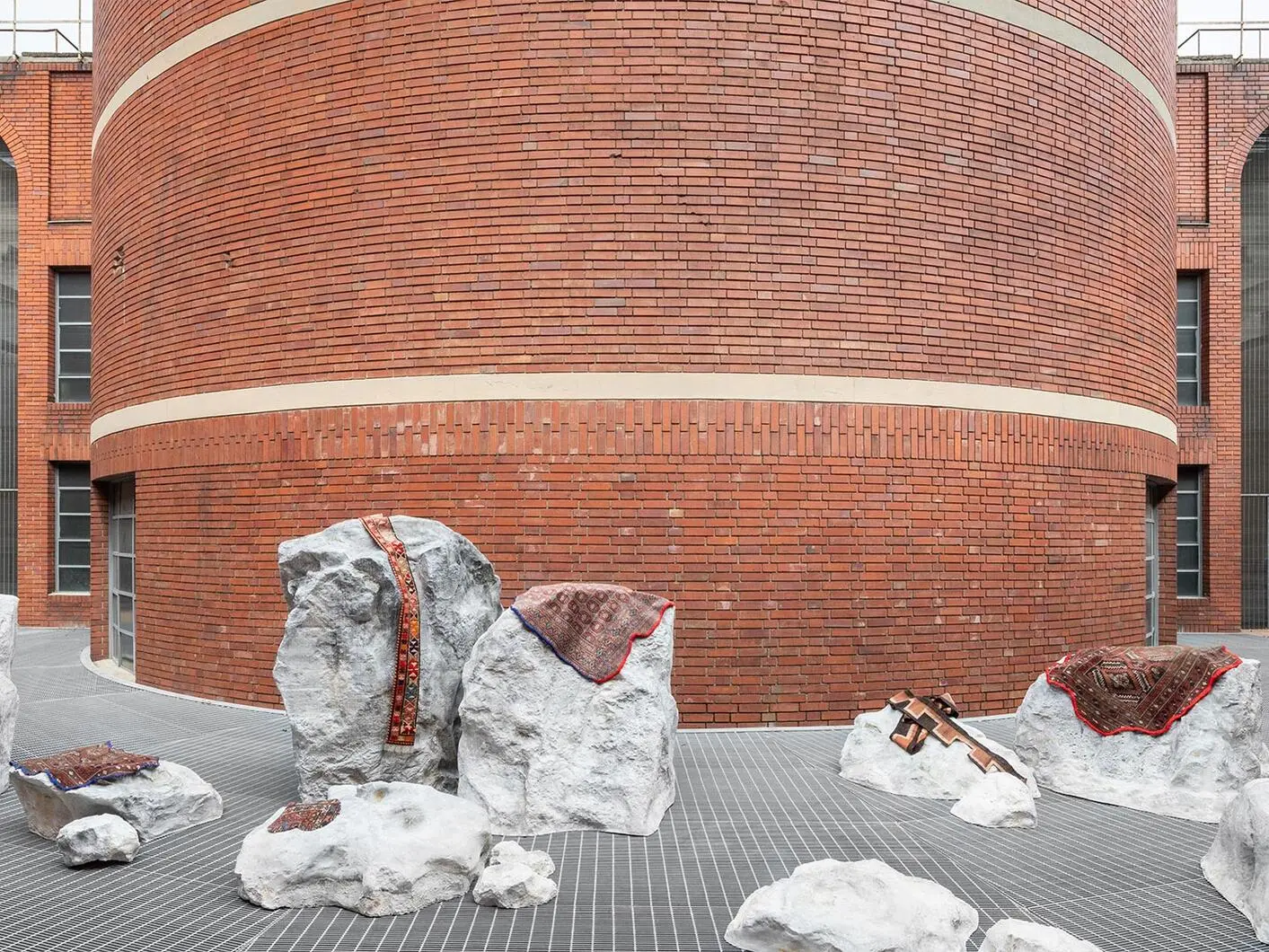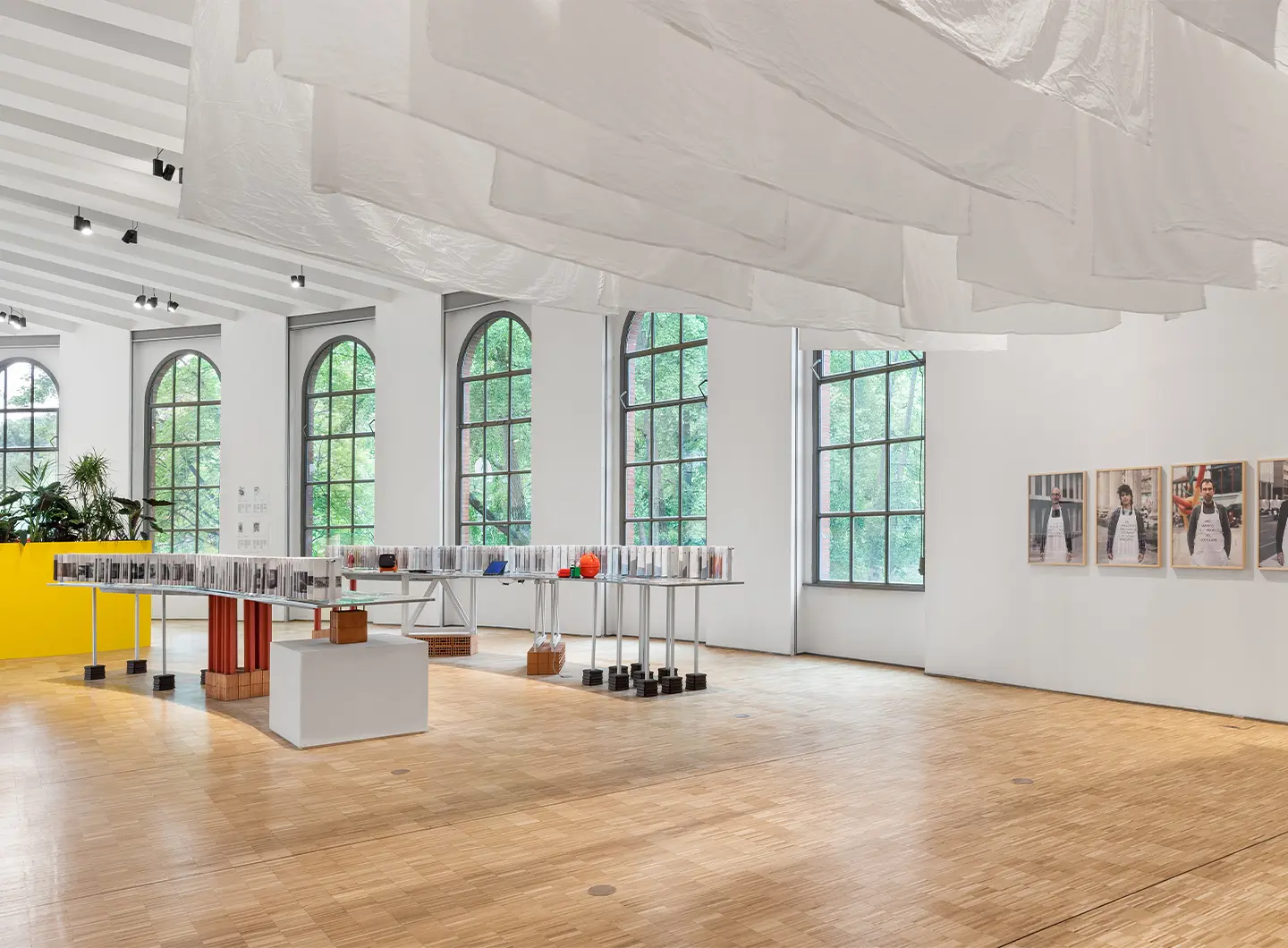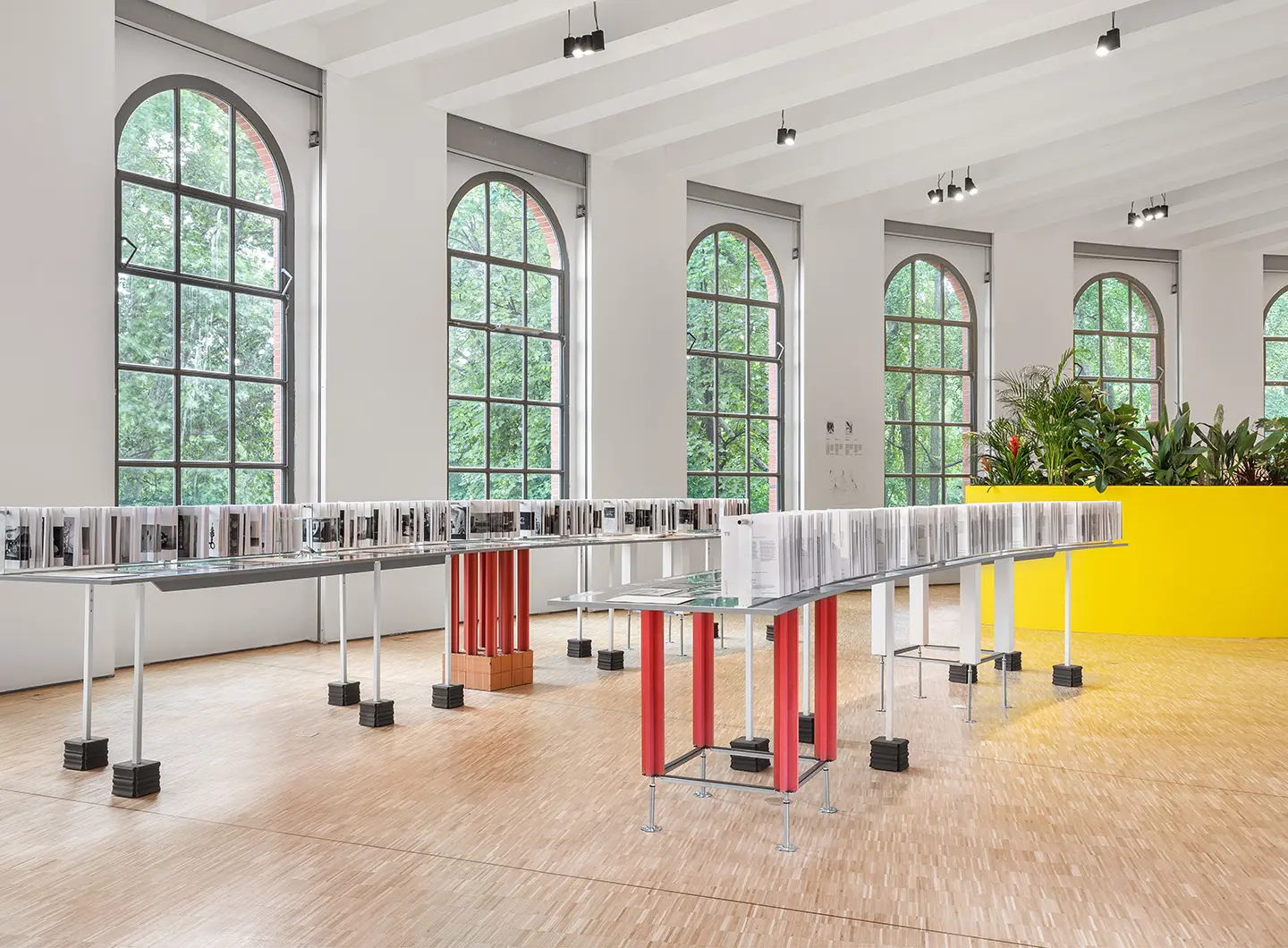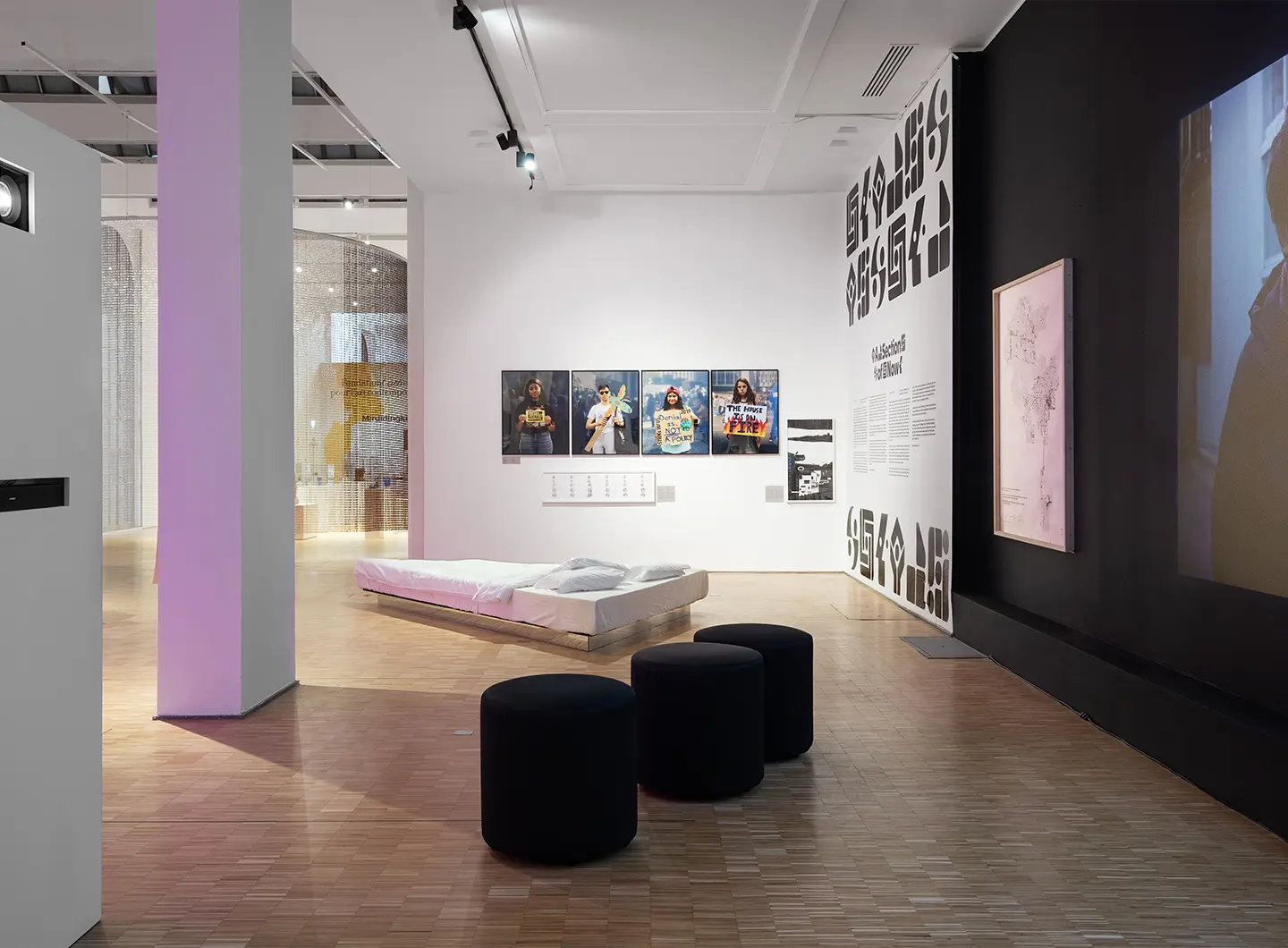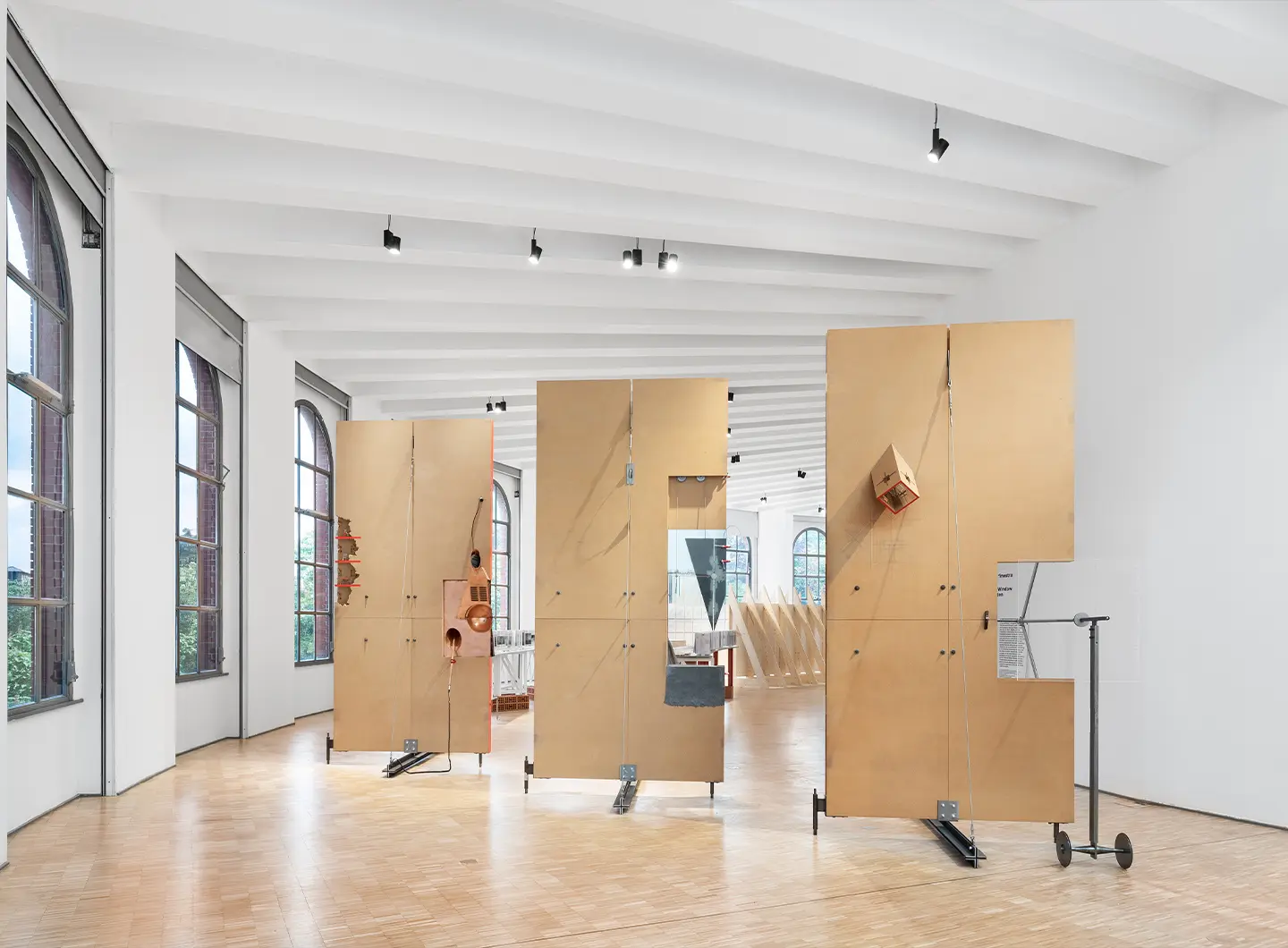From BIG to David Chipperfield, Frank Gehry to Snøhetta: a world tour of the best buildings set to open in 2026
Home Sweet Home exhibition: interview with the curator Nina Bassoli
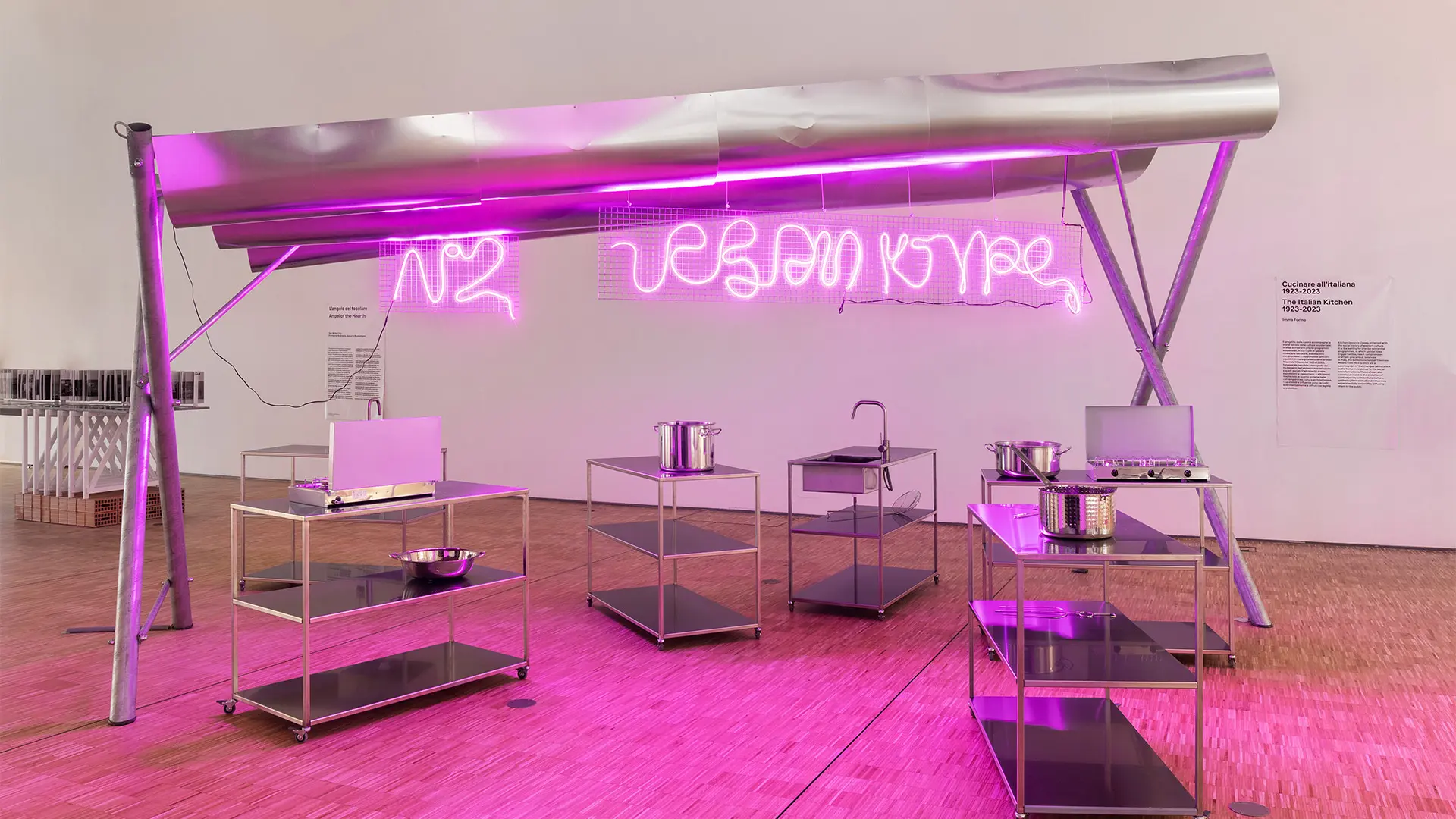
"Home Sweet Home", exhibition view, ph. Melania Dalle Grave, DSL Studio
Nina Bassoli, the Triennale’s curator for Architecture, Urban Regeneration and the City, tells us about the exhibition Home Sweet Home, running until 10 September
The exhibition "Home Sweet Home" reflects on the idea of housing and the home, starting from the history of the institution and the Triennale’s International Exhibitions, and brings the story down to the present through site-specific works.
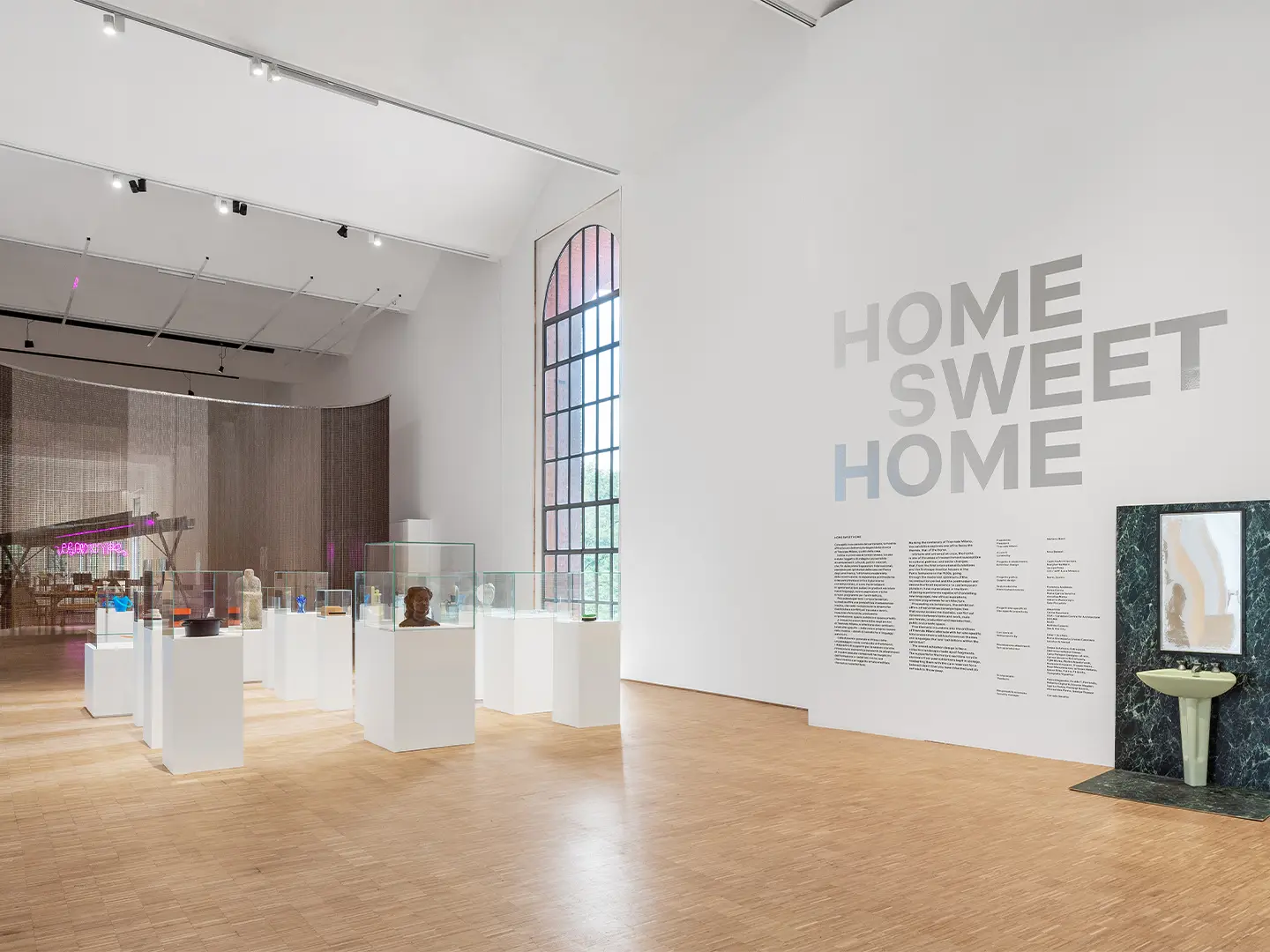
"Home Sweet Home", exhibition view, ph. Melania Dalle Grave, DSL Studio
In this centennial year, the idea of home living seemed right to celebrate the Triennale, which is closely bound up with the themes of domestic interiors. Over the decades, the themes of the home have developed in many ways, especially by conveying certain values, such as the democratic idea of being able to offer housing to all. But after that it was no longer central to the debate. Only during the pandemic did the home return to the center of everyone's interest, especially in the way of thinking about spaces and relationships. And this is the key by which I tried to interpret the theme of the exhibition. If for several decades the home represented the idea of a universalistic architecture, today I like to think of the home for everyone, which introduces an intimate and emotional dimension. The exhibition plays on these counter-fields.
The exhibition interlaces two events: the home in the hundred years of the Triennale and the site-specific installations. Five research projects in the archives of the Triennale were commissioned from five architectural historians - Gaia Piccarolo, Annalisa Metta, Maite García Sanchis, Sex & the City, and Imma Fiorino - and ten installations from architectural firms and research centers - Assemble Studio, Céline Baumann, Matilde Cassani, Canadian Center for Architecture (CCA), DOGMA, MAIO, Sex & the City, Maria Giuseppina Grasso Cannizzo, Diller Scofidio + Renfro and Lacaton & Vassal Architectes. The event consists of fifteen exhibitions within the exhibition. I thought of involving people who had already investigated the theme of the home, asking them to bring a spark. For example, the Catalan architecture firm MAIO has been investigating the theme of the kitchen for many years, and by involving them I knew I was working on the storyboard of a research project that had already been developed. Dogma, on the other hand, went beyond the themes they had already explored in the book Living and Working to develop a further piece of research.
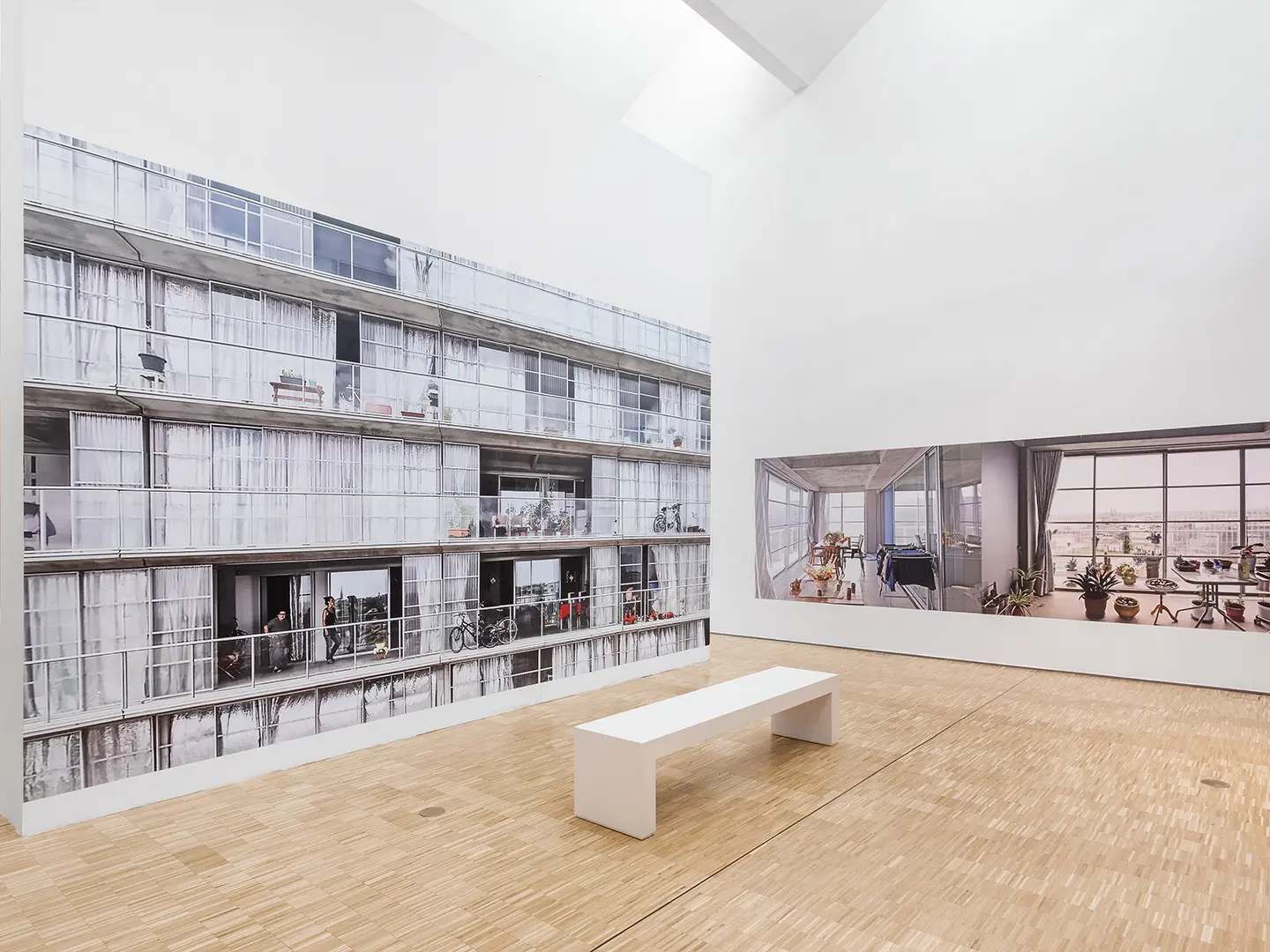
Lacaton & Vassal, "Home Sweet Home", exhibition view, ph. Melania Dalle Grave, DSL Studio
The most obvious example is definitely the kitchen. For many decades it was a marginal place compared to the rest of the home, and above all compared to society, which viewed it as a hidden space, for preserving and preparing food, work largely performed by women. Today we have seen an evolution of this room, an idea of sharing and an expansion of the kitchen in the domestic setting. The installation by the MAIO studio recounts a further step in this development, opening this work up to a public space. So it is also a political operation and a work of redemption. A very evident reversal in the habits and customs of families, which implies gender issues and also economic issues. Unfortunately, women have always been relegated to the domestic sphere and men to the public sphere, so speaking of the home is a fairly important topic. Studying the Triennale’s archives makes this clear. You only see men at all the opening ceremonies, at public functions, on the boards of directors, and even at the lectures. While the models used to illustrate the home are always women.
The exhibition presents the historical cycles and returns, but also the changes. In some exhibitions in the 1970s and 80s, many designers, from Paolo Deganello to Ugo La Pietra and Ettore Sottsass, designed beds as habitats, where people could spend a lot of their time due to the arrival of television. So the bed represents a microunit of a habitat that extends to the whole world thanks to the escapism of the screen. Another example is the work that DOGMA presents on a particular type of dwelling called the Longhome, long and narrow homes, which it has collected from the last century and a half. The project investigates how the separation between spaces for life and work, between public, private and ritual spheres, is a relatively recent cultural construct, and by no means a foregone conclusion.
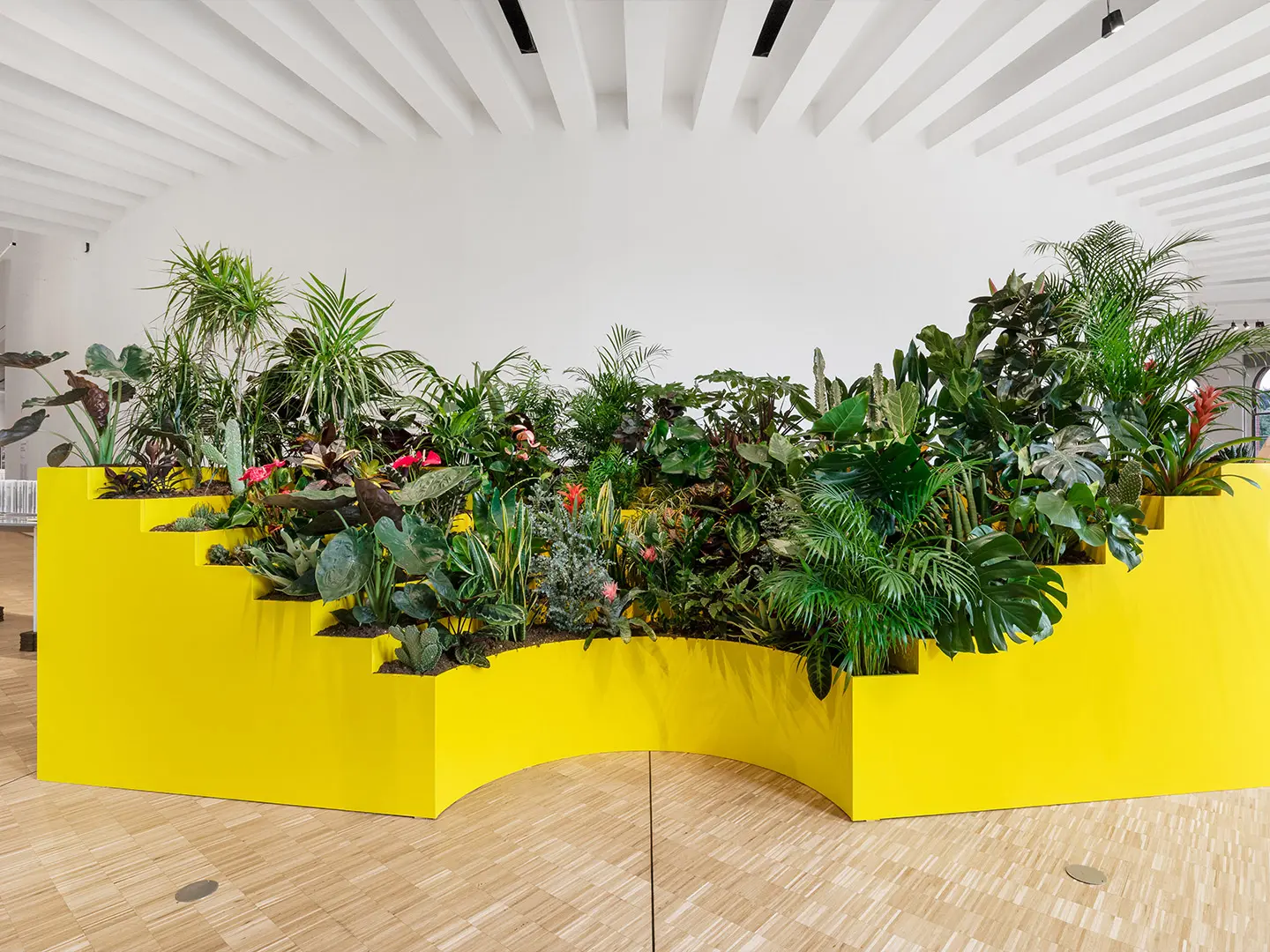
Céline Baumann, "Home Sweet Home", exhibition view, ph. Melania Dalle Grave, DSL Studio
The relationship with nature is very fascinating, because it hardly changes. The work that Annalisa Metta has done in the archives shows us interiors from the fifties that have more or less the same plants that we have at home today. Then there are two installations that are an alarm bell to this thematic continuity. On the one hand, the work of Céline Baumann tells how these plants were actually imported from tropical regions in the colonial period. She makes us reflect on this cognitive dissonance. An element that seems decorative to us actually comes from a history of violence and abuse. The other counterpart of reflection is The Diorama or Human Beings by Matilde Cassani, which represents a new phase in the relationship between humanity and nature, suggesting the forms and architectural characteristics of a biopark as a home for humans.
The exhibition focuses on architecture, trying to reason about the people’s behaviors in space. Objects are part of this geography. At its center is the theme of relationships and objects considered as equivalent to inhabitants.
This meaning is contained in the final image of the exhibition, which proposes a large-scale building where a hundred windows can be seen. The work of Lacaton & Vassal is very paradigmatic, because it is conversion and not construction. I imagine the home of the future as a stratified structure, with historical and mental layers and even layered functions. A less standard and diversified idea than the one we tend to imagine. A hybrid home where everything is more nuanced.

A Matter of Salone: the new Salone communication campaign
From a reflection on humans to matter as meaning: the new Salone communication campaign explores the physical and symbolic origins of design, a visual narration made up of different perspectives, united by a common idea of transformation and genesis


Salone 2025 Report: The Numbers of a Global Event
Data, analyses, and economic, urban, and cultural impacts. The second edition of Salone del Mobile’s “Milan Design (Eco) System” Annual Report takes stock of a unique event and consolidates the fair’s role as the driving force behind Milan as the international capital of design



 Stories
Stories
